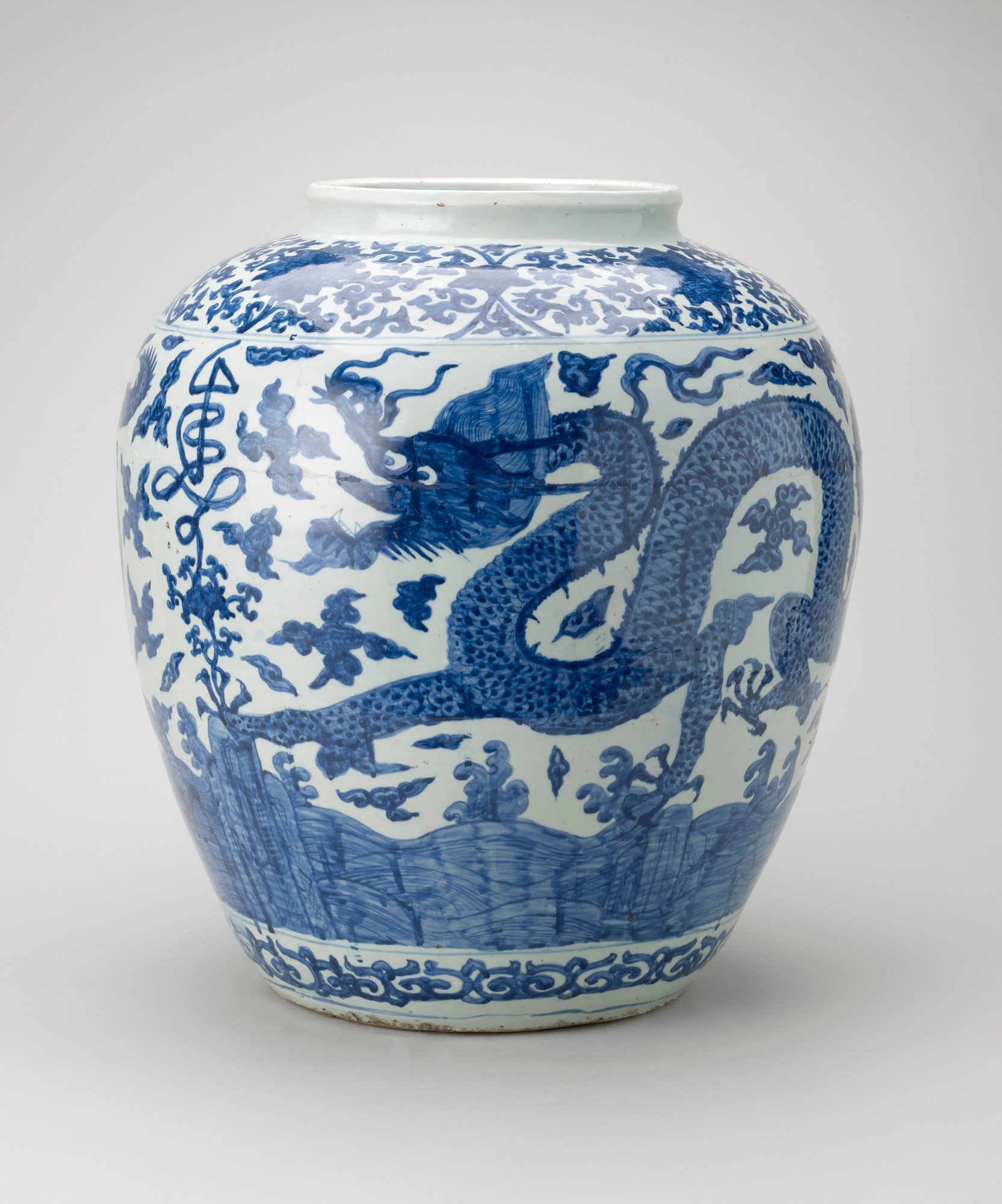
East Meets West
Extraordinary Chinese and Japanese Works of Art in the Royal Collection
Pair of Imperial boxes and covers
mark and reign of Qianlong, 1736-95RCIN 10806
By the end of the eighteenth century the East India Company had been trading with Chinese merchants for 200 years, but with strict limitations. Traders were allowed into Canton for only five months in a year and all commerce had to be carried out through Chinese officials. In 1792, a British Embassy was sent to China in an attempt to improve the terms of trade and negotiate a treaty of friendship between George III (1738–1820) and the Emperor Qianlong (1736–95). The mission was unsuccessful, but the Embassy did not return empty-handed. The king was sent an agate ruyi sceptre and large quantities of porcelain, jade, carved lacquer and silk. Among the gifts were boxes like this one, which is decorated with dragons and clouds. Aeneas Anderson, whose account of the Embassy was published in 1795, described the boxes as ‘exquisite workmanship, beautifully carved on the outside, and stained a scarlet colour, of the utmost softness and delicacy’. The decoration is deeply carved into layers of vegetable lacquer of different shades, and includes the five-clawed dragon reserved for use on imperial wares.







